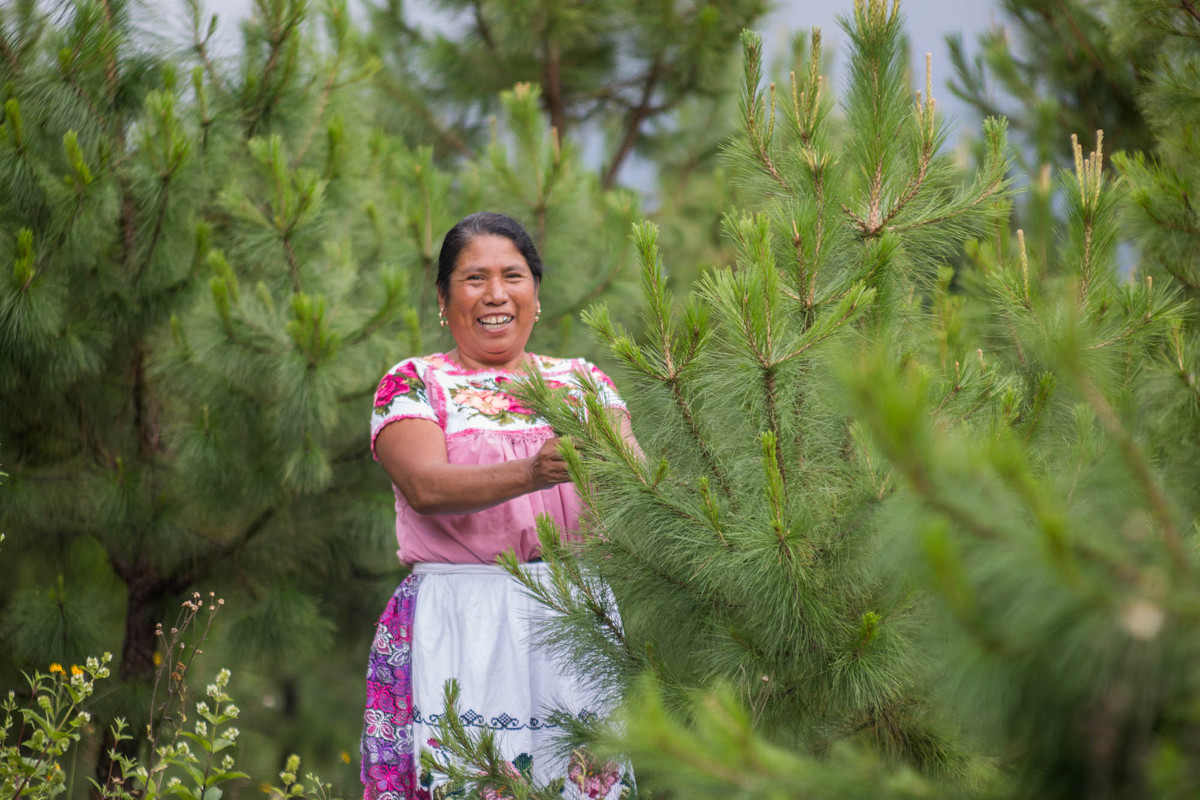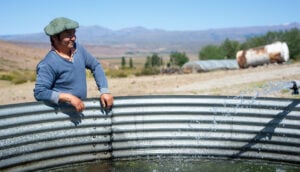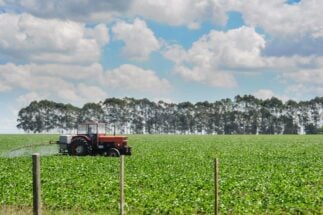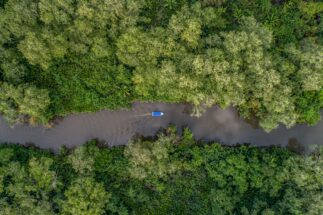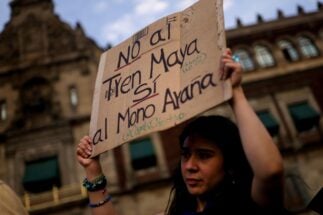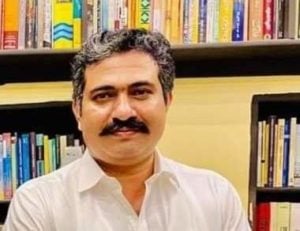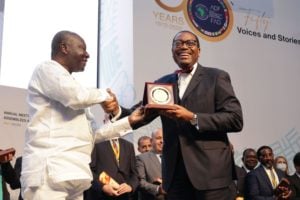Changes in land use in grasslands, forests and wetlands due to agricultural expansion, as well as poor management of these ecosystems, have left much of the world’s productive land in poor condition. This impacts on their capacity to produce and provide services.
According to the UN, current approaches to land management may threaten half of the world’s estimated US$44 trillion of economic output.
Latin America is one of the areas most affected by land degradation. The United Nations Convention to Combat Desertification (UNCCD) describes the region as being caught in a “vicious circle of land overexploitation, degradation, increased demands on production, greater poverty, food insecurity and migration”.
Despite this, restoration technologies and strategies exist, which aim to prevent the erosion of still-productive areas, and even recover what has been lost. A number of governments and organisations across Latin America are already testing and pursuing such initiatives, including governance plans for the restoration of millions of hectares of land, campaigns for agriculture that is less dependent on chemical inputs, and the promotion of regenerative land management practices.
Land degradation in Latin America
Land degradation is a change in the health of the soil that results in a decrease in its productive capacity, commonly caused by bad practices. According to the UNCCD, there are more than 2 billion hectares of degraded land in the world, of which 14% is in Latin America.
Most of the degraded land in the region is affected by deforestation and overgrazing. The main areas of cropland under pressure are in northeastern Brazil, the Gran Chaco – the biome that spans northern Argentina, Paraguay and Bolivia – and central Chile, among others, according to the UNCCD.
We have a very serious problem, with millions of hectares degraded – an immense loss of natural capital
Walter Vergara leads Initiative 20×20, a regional project that aims to restore 50 million hectares by 2030, bringing together governments, private investors and technical organisations, and covering most Latin American countries. It was launched in 2014 and is already working on more than 100 projects on 23 million hectares across the region, in both restoration and soil conservation.
“At the regional level we have a very serious problem, with millions of hectares degraded – an immense loss of natural capital,” said Vergara, explaining that this is due to bad agricultural and forestry practices, surface mining and “poorly thought-out infrastructure construction”.
To address this, the initiative pursues six strategies: natural or assisted reforestation; agroforestry; grassland restoration through sustainable livestock management; silvopasture – the integration of trees, forage and grazing animals; low-carbon agriculture through sustainable practices; and conservation of what has not yet been degraded.
Restoration in Chile
In 2015, the UNCCD agreed to combat desertification and restore land with national targets based on the level of erosion in each country, aiming to achieve Land Degradation Neutrality (LDN) by 2030.
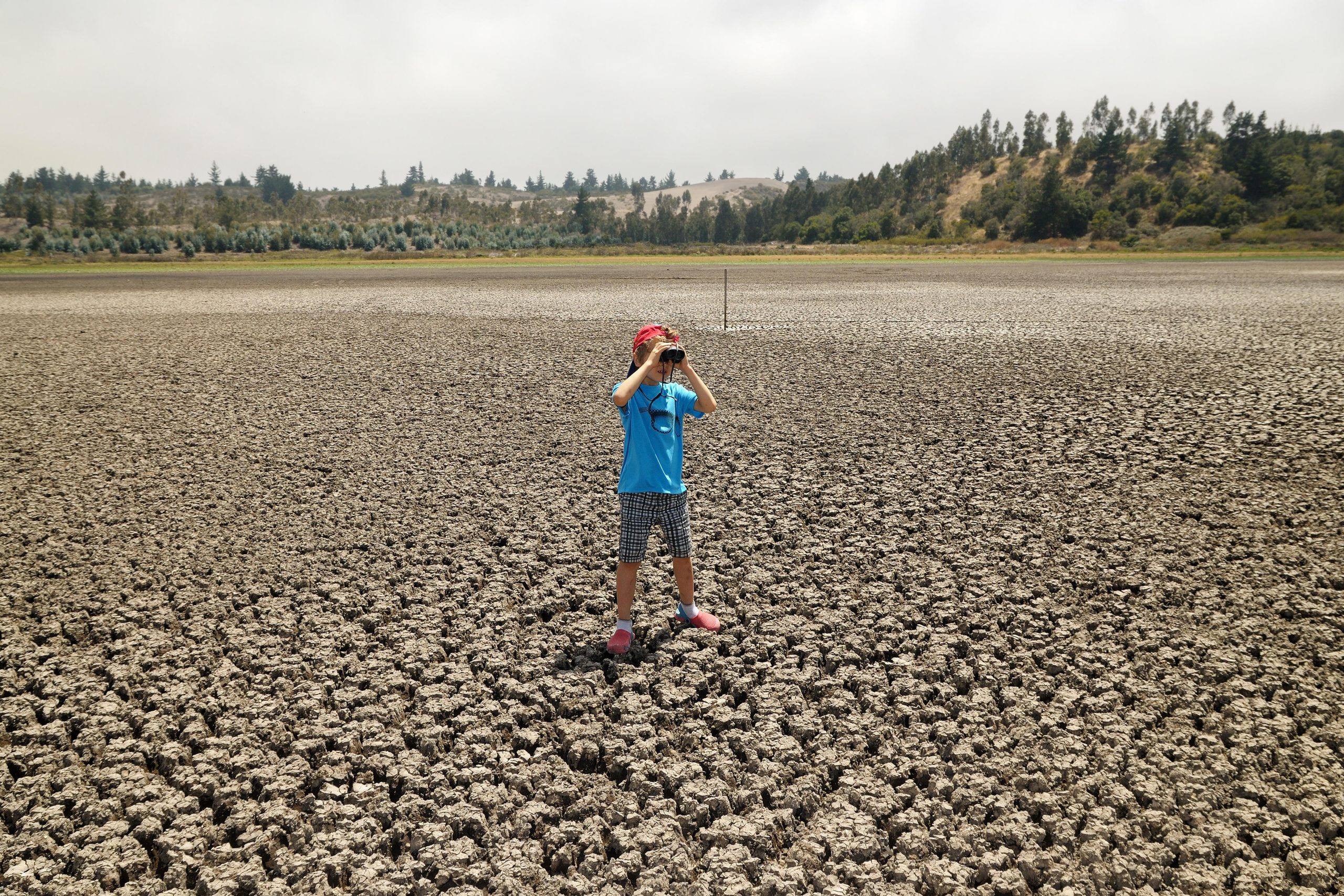
Chile, a country that has been hit by drought for over a decade, is one that is moving forward with a national strategy for the restoration of degraded lands. This was created by a participatory and federal process, as Emilia Undurraga, an agronomist and the country’s Minister of Agriculture until March, explained to Diálogo Chino.
“The problem of erosion in Chile is profound: about 80% of the country has some degree of risk of degradation and about 20% is at high or very high risk of desertification,” she explained, adding that the country’s midland Central Zone is the most affected by both drought and fires, having seen significant changes in land use due to human activities.
In this context, Chile developed its national plan for landscape restoration between the ministries of agriculture and environment, and published in late 2021. The plan, Undurruga said, “has very concrete goals”, such as the restoration of 1 million hectares by 2030.
“It is not only about restoring what has been lost, but also about finding a way to protect the land with better governance, increased state capacities, specific financing and strategies for prevention, and reduction of degradation factors, with the participation of public, private, civil society and university actors,” said Undurraga.
Agroecology in Argentina
After decades of intensive agriculture, livestock farming and changes in land use, degradation is all too evident in Argentina. According to its environment ministry’s 2020 report on the state of the environment, of Argentina’s total land area of 270 million hectares, 100 million hectares are affected by erosion, with an estimated rate of increase of about 2 million hectares per year. The planting of one or two crops without rotation – notably soybeans – overgrazing and the advance of the agricultural frontier are among the factors that have contributed to this.
Beatriz Bonel, an agronomist specialising in soil sciences at the National University of Rosario, explained that the three basic aspects of soil – its physical, chemical and biological condition – have been impacted in Argentina, with land suffering from a shortage of nutrients, compaction and loss of organic matter.
What is agroecology?
An approach that applies ecological principles to agricultural production, aiming to reduce its environmental impacts. Practices include crop diversification, use of biological over chemical inputs, and conservation tillage, among many others
“There are technologies to slow down some processes and reverse others, and there is also a generational change with new actors. Young people are coming in with a different mentality that incorporates environmental variables,” she explained.
One of these new actors Bonel refers to is the Network of Municipalities for Agroecology (RENAMA), a group created in 2016 and that now brings together 40 Argentine localities and 200 producers who work across more than 100,000 hectares, all with an agroecological approach. Agronomist Eduardo Cerdá, one of its founders, stressed the importance of promoting a shift towards an “emancipatory” production model that decouples producers from the dollarised costs of agrochemicals and seeds. “Agroecology is a paradigm where balance and health take precedence,” he added.
“We must not forget that in the last 20 years, 100,000 small and medium-sized producers have been lost in Argentina,” he said, indicating that many have been unable to compete with industrial-scale agribusiness, and some have seen their land become unproductive.
Regenerative agriculture in Brazil
The Adapta Sertão initiative is a coalition of organisations promoting environmental regeneration strategies for small farmers in the semi-arid Sertão region, Brazil’s northeastern “outback” and one of the driest areas of the country.
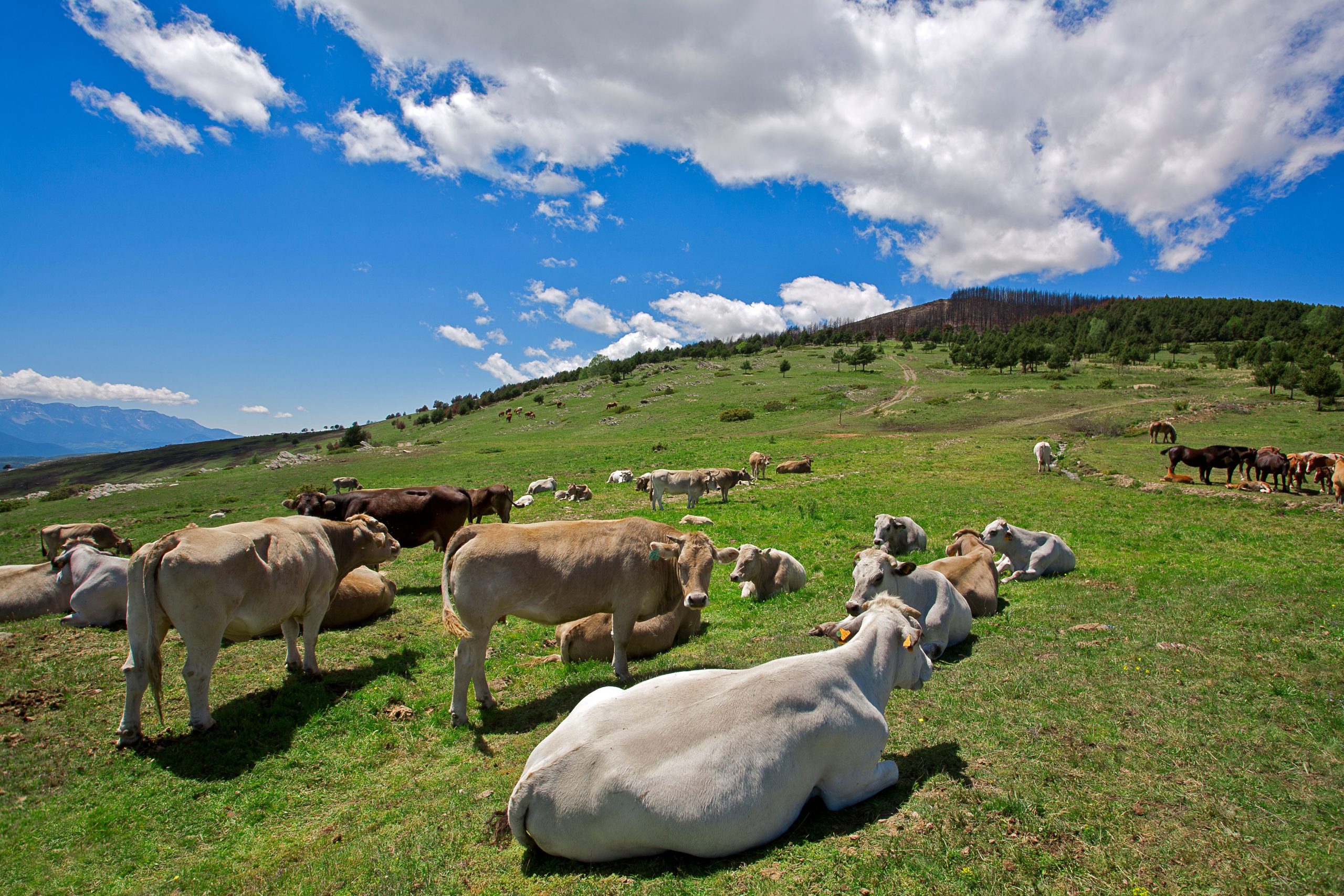
Daniele Cesano, director of the Adapta Group, explained that soil erosion is a serious problem in several areas of Brazil, and is mostly caused by the extensive agricultural model. “We are facing a very accelerated process of erosion and desertification. Our response is regenerative agriculture, which avoids monoculture and seeks to diversify,” he said.
The menu of tools they use with small producers includes agroforestry systems and improvements in soil fertility through cover crops and biological fertilisers. Added to this are management, knowledge and financing: “We want to professionalise the work, we want producers to be informed and trained. We want to move from input agriculture to management and process-led agriculture. This is the best way to take care of the soil,” Cesano added.
Projects in the Gran Chaco
The Gran Chaco is one of the largest and most threatened forest regions in Latin America. A project managed by the Argentine conservation-focused ProYungas Foundation, in alliance with the Argentine Association of Direct-Seeding Producers (AAPRESID) and the Bertoni Foundation of Paraguay, seeks to promote a sustainable, deforestation-free soybean supply chain based on two axes: good agricultural practices and the conservation and restoration of native vegetation.

Alejandro Brown, president of ProYungas, said that it is necessary to establish “better land planning” to improve livestock farming practices that integrate grazing and production with forest cover, known as silvopasture.
“We start from the concept of a protected productive landscape, a model of land management on a landscape scale that integrates production with conservation and ecosystem services, in a context of environmental and social sustainability,” Brown explained.
Given its experience with in-field experimentation, AAPRESID is contributing to the project’s methodology, helping producers to collaborate with scientists on sustainable production models. The actions will be carried out in five pilot sites in the Gran Chaco, covering an area of some 50,000 hectares.
